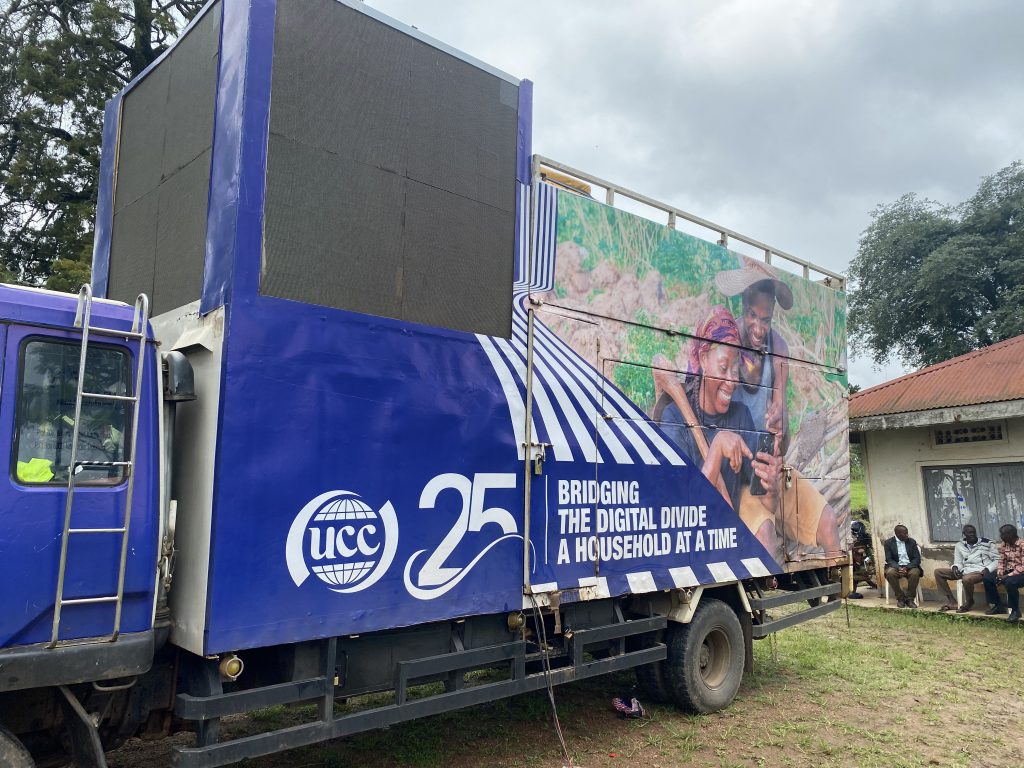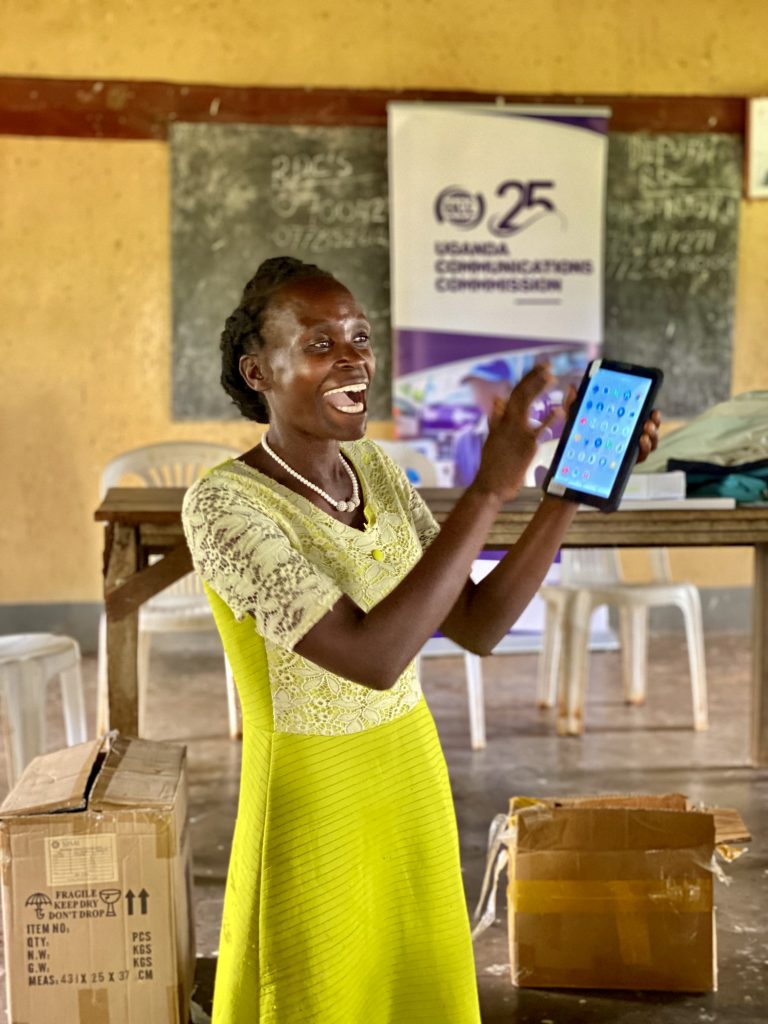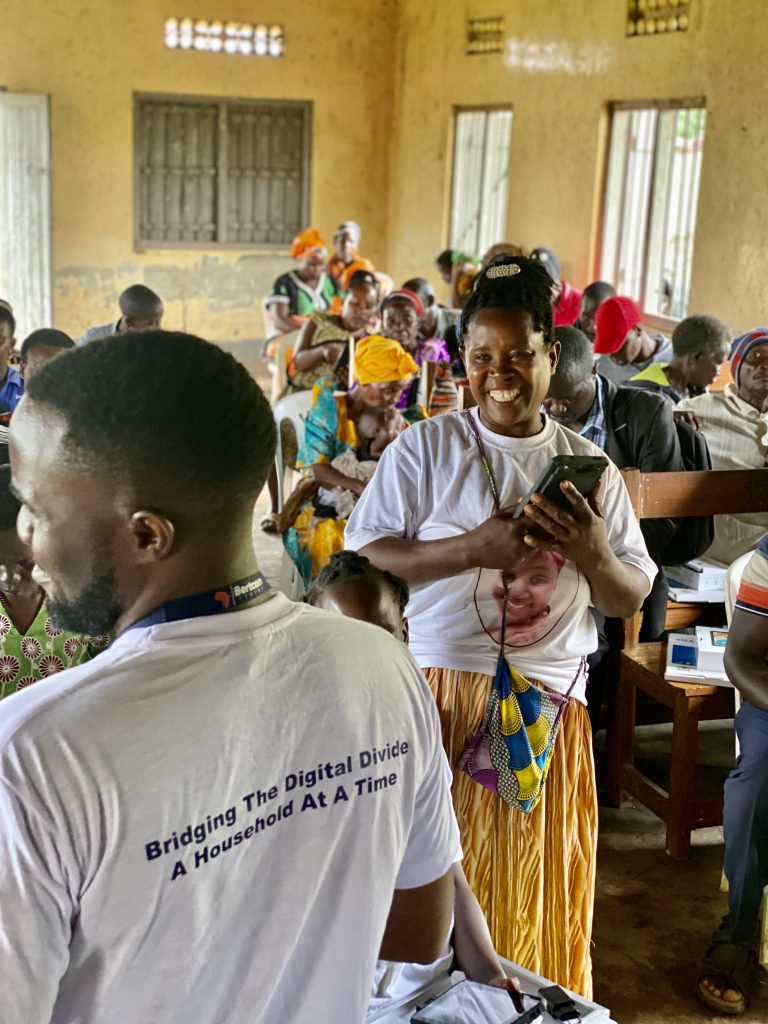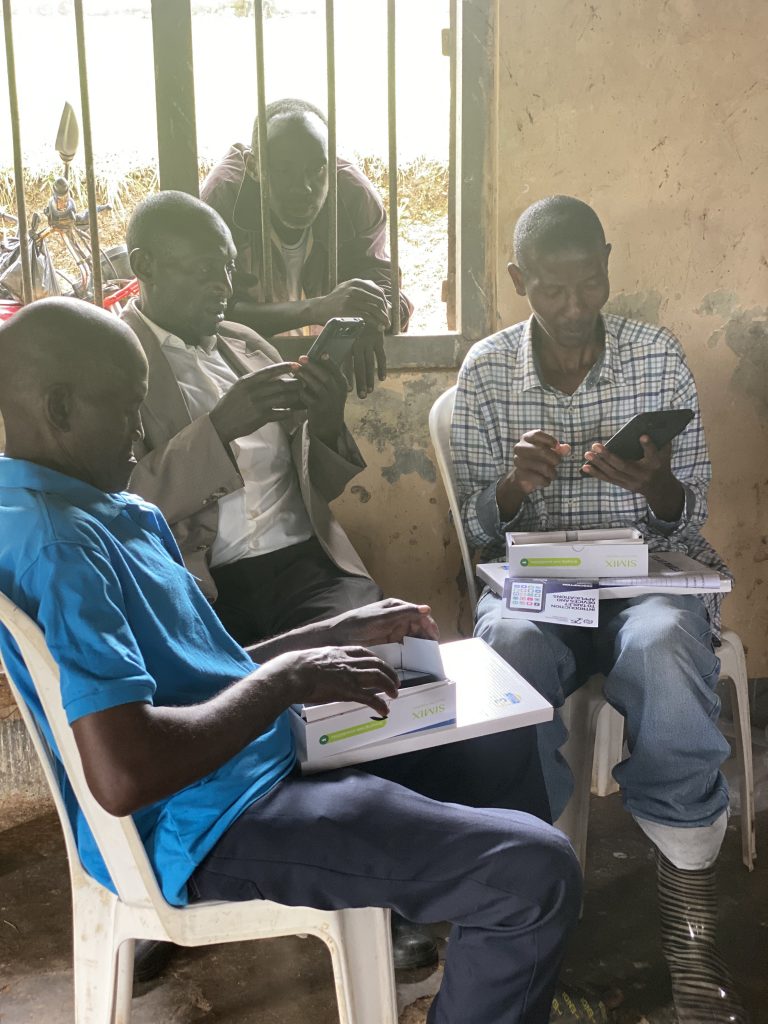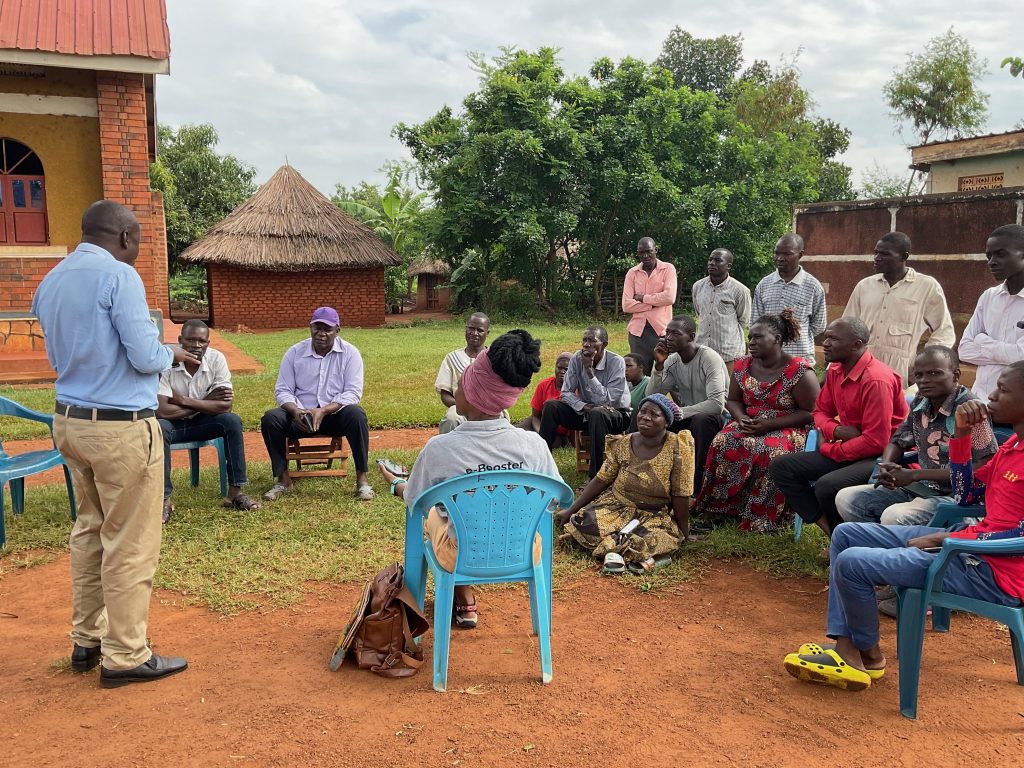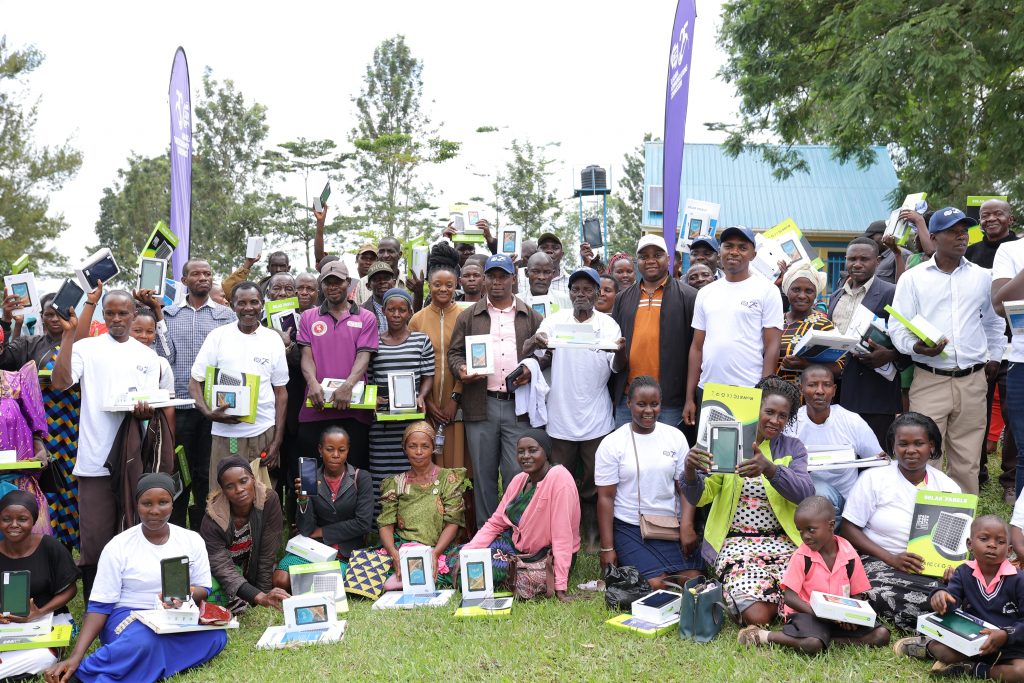In late 2023, GDIP conducted an impact assessment of the Rural Household Devices Project, an initiative of the Uganda Communications Commission (UCC) under the Uganda Communications Universal Service Access Fund (UCUSAF). With the mandate to contribute to the realization of universality in access and use of communications services in Uganda, UCUSAF established the project to extend information and communication technology (ICT) to underserved communities nationwide.
Through the project, UCC distributes grid and solar-powered tablet devices loaded with six months of data bundles to low-income households in villages nationwide. One of its core objectives is enhancing connectivity, digital literacy, and access to information for communities, ultimately bridging the digital divide and empowering beneficiaries to participate in the digital age.
At the time of the study, the project had implemented two pilot phases, with a third phase of distribution and implementation ongoing. By December 2023, the project had reached 54 districts and 10,706 households throughout the country.
GDIP conducted surveys, focus group discussions, and observations in communities to evaluate the project’s socioeconomic impact, digital skills training, user satisfaction, and device functionality. The team also participated in the phase 3 device distribution cycle with UCC staff as observers.
The Rural Household Devices Project has undeniably made substantial strides in positively impacting the socioeconomic landscape of the targeted communities. The transformative outcomes in education, economic activities, and connectivity are indicative of the project’s success in bridging the digital divide.
The project has positively impacted education, income generation, communication, and access to health information.
The impact assessment underscores the commendable achievements of the project. The outcomes are multifaceted and transformative, with a substantial number of beneficiaries experiencing internet-enabled devices for the first time.
Low literacy, lack of affordability, limited-to-no-network coverage, and poor quality of service are cited as the major challenges across Uganda’s communities. As a result of these systemic barriers, the majority of beneficiaries had never used the internet prior to the project.
At the time of the study, a third of the participants interviewed now use the internet daily, 20% use it weekly, and 10% use it on a monthly basis. However, 22% indicated that they have never used the internet.
Devices distributed through the project are predominantly used by children and household members for education, income generation, saving time for business, discovering new business opportunities (e.g., using Google Maps to conduct business in distant towns), entertainment, information access, and communicating with family.
Two-thirds of participants reported increased income due to the use of the device for business activity, which was made possible by participating in the program and owning a household device. Participants also reported the benefits of saved time and money.
Here are some of the positive outcomes and impact of the project:
Educational Empowerment: The project has significantly contributed to improving access to education, with households reporting increased engagement in educational activities. Children, in particular, have benefited from enhanced learning opportunities, and assessing if this will lead to improved academic performance will be important.
Economic Upliftment: Small businesses within beneficiary households have witnessed positive transformations. Participants reported notable improvements in business efficiency, cost savings, and increased income generation facilitated by the integration of digital tools.
Communication Enhancement: The devices have become pivotal in fostering improved communication among family members. Zoom calls, video conferences, and online connectivity have brought families closer, overcoming geographical barriers and fostering a sense of unity.
Health and Information Access: Some survey respondents have embraced the devices as valuable tools for health-related information. The ability to access information about diseases and medical conditions has empowered them to make informed health decisions, showcasing the broader societal impact of the project.
Overall, this study provides a nuanced perspective on the diverse ways in which subsidized devices have been integrated into their daily lives. Noteworthy insights include the positive impact on family dynamics, education, and communication.
The UCUSAF initiative has positively transformed socioeconomic landscapes. While progress has been made, sustained efforts towards localized support infrastructure, affordability, digital skills training, peer education, and community participation will drive long-term success, empowering rural communities and closing the digital divide.
Key Recommendations
Infrastructure and Devices
- Establish local repair centers addressing device malfunctions
Digital Skills and Community Engagement
- Conduct ongoing community sensitization
- Tailor skills training for beneficiaries’ education and literacy levels
- Ensure sustained technical support in accessing content, including through peer education
Affordability and Connectivity
- Provide subsidized data plans beyond the initial six-month period
- Implement public WiFi hotspots
Community Sensitization and Local Leadership
- Establish mechanisms for ongoing community involvement and local leadership
- Host dialogue that brings together community members, including women and other marginalized populations, to routinely and actively participate in the program design and evaluation process and to raise emerging issues.
Ongoing consultation with stakeholders is vital to meet expectations, ensure reliability and functionality, and build trust. This may involve outsourcing distribution and training to local NGOs, creating community advisory panels, and actively engaging marginalized groups in program design and evaluation.
Read the full report here.

About UCC
The Uganda Communications Commission was established by the Uganda Communications Act No. 1 of 2013, which consolidated and harmonized the Uganda Communications Act of 1997 and the Electronic Media Act of 1996. UCC is thus a converged regulator for telecommunications, data communications, broadcasting, postal communications, radio communication and infrastructure. The Uganda Communications Commission is also tasked with supporting and implementing the Uganda Communications Universal Service Access Fund (UCUSAF).
About GDIP
The Global Digital Inclusion Partnership is a coalition of public, private, and civil society organizations working to bring internet connectivity to the global majority and ensure everyone is meaningfully connected by 2030. Founded by a global team of experts who successfully championed affordable and meaningful connectivity around the world, GDIP advances digital opportunities to empower and support people’s lives and agency, leading to inclusive digital societies.
